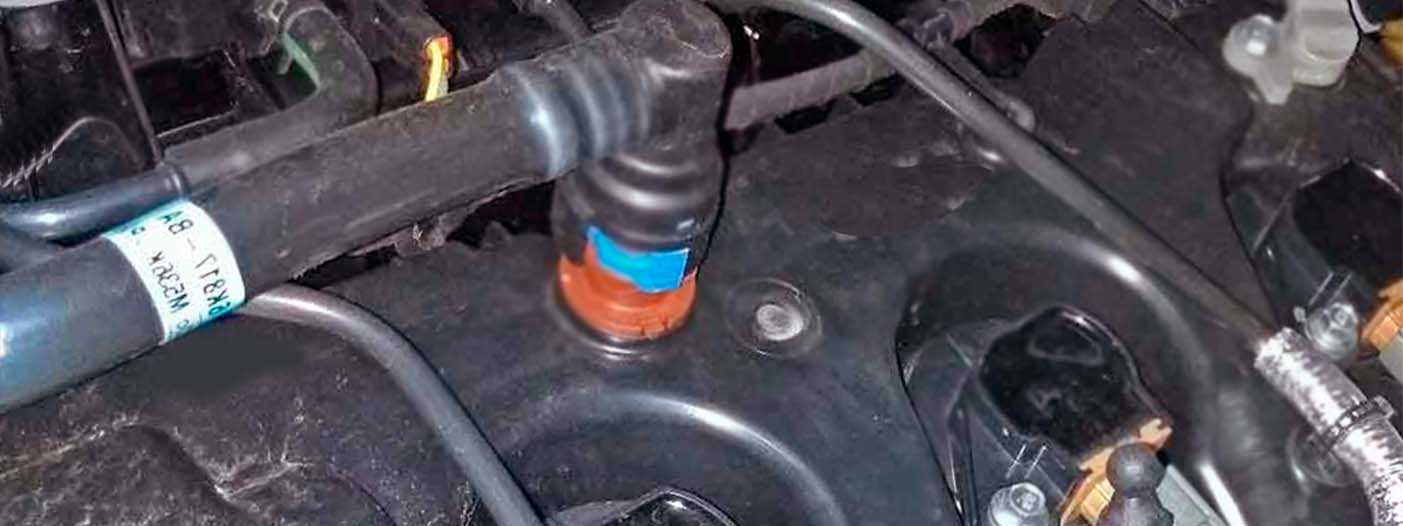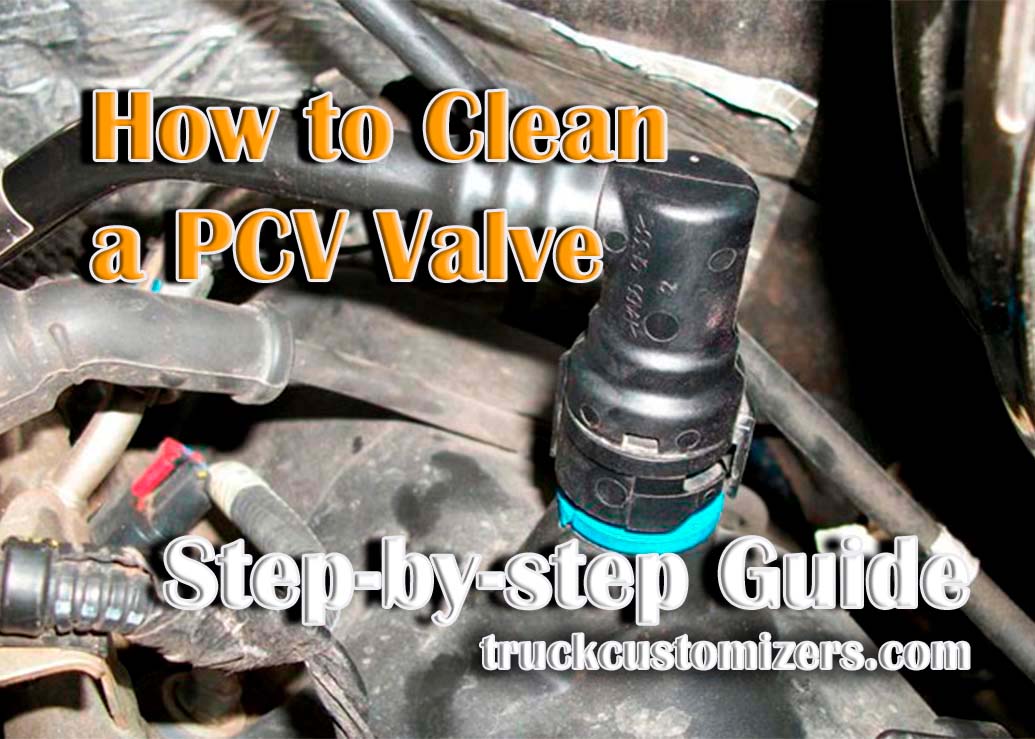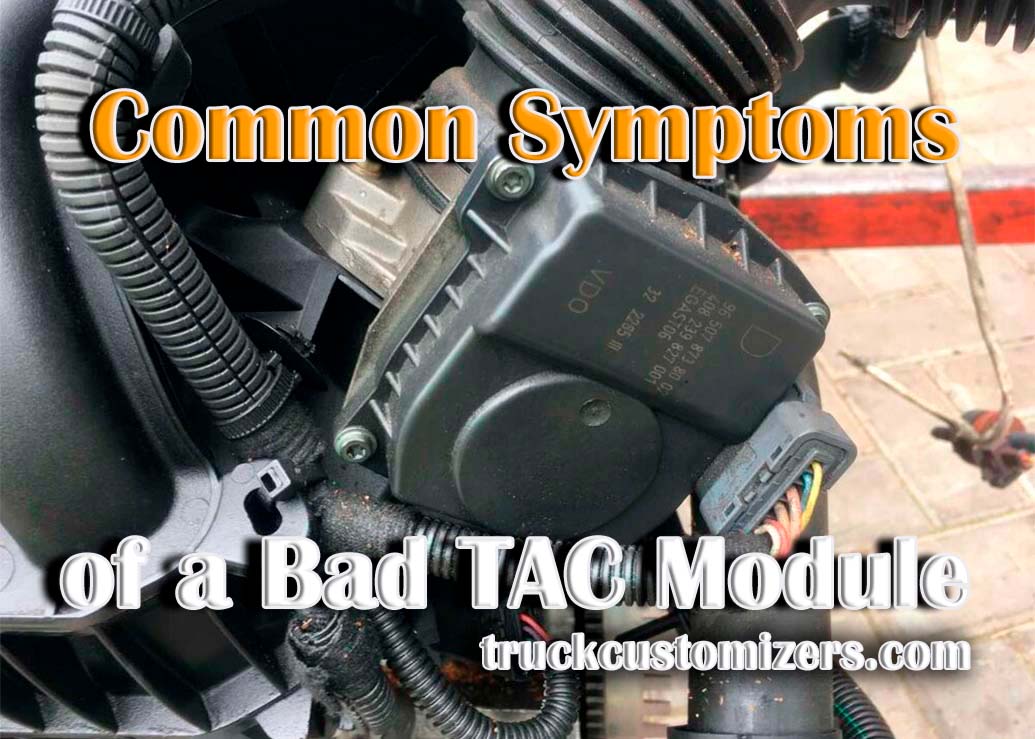A PCV (positive crankcase ventilation) valve is important to a vehicle’s emissions control system. It helps reduce the pollutants released into the atmosphere by controlling the crankcase fumes drawn into the car’s exhaust system. Cleaning this unit regularly is essential to keep your vehicle running efficiently and help maintain its environmental compliance. In this article, we’ll explain what a PCV valve is and provide step-by-step instructions on how to clean it safely and correctly.
What Is a PCV Valve?
 This valve is located in the engine compartment near the top of the engine block or intake manifold. It acts as a vacuum regulator, allowing air to enter and exit from within the crankcase while keeping pressure equalized between it and other parts in the engine bay. The air is drawn out through hoses connected to either side of the valve, which re-circulates back into the inlet manifold or combustion chamber, depending on where it’s connected. This process helps reduce harmful emissions from entering your car’s exhaust system by removing toxic gases like hydrocarbons before they can escape into your environment, making your vehicle eco-friendlier.
This valve is located in the engine compartment near the top of the engine block or intake manifold. It acts as a vacuum regulator, allowing air to enter and exit from within the crankcase while keeping pressure equalized between it and other parts in the engine bay. The air is drawn out through hoses connected to either side of the valve, which re-circulates back into the inlet manifold or combustion chamber, depending on where it’s connected. This process helps reduce harmful emissions from entering your car’s exhaust system by removing toxic gases like hydrocarbons before they can escape into your environment, making your vehicle eco-friendlier.
Tools and Supplies Needed for Cleaning a PCV Valve
Tools and supplies needed for cleaning a PCV valve are typically basic items that many people have in their garage or toolbox. It is important to use the correct tools for the job at hand; otherwise, it can lead to damage or even injury. The most important tool necessary to clean a PCV valve is a socket wrench set, along with an extension and universal adapter. This will allow you to access the valve from different angles, as well as apply pressure when needed. Additionally, you may need pliers and screwdrivers depending on the type of PCV valve being worked on. You’ll also want some paper towels and cleaning rags, as well as some mild soap or detergent and a degreaser such as carburetor cleaner or engine degreaser to help remove any built-up residue from the valve. Finally, be sure to have WD-40 lubricant handy in case any parts become stuck after cleaning. Following these steps should ensure that your PCV valve is properly cleaned and maintained so it can perform optimally for years to come.
Step-by-step Guide for Cleaning a PCV Valve
Cleaning your PCV valve is a straightforward process that only requires basic mechanical skills:
-
Step 1: Begin by disconnecting the hoses connected to either side of the valve so they are no longer connected to any other parts of your engine bay. This will give you easier access to clean around and within the valve without worrying about damaging anything else.
-
Step 2: Next, spray some degreaser or solvent cleaner around the outside of your PCV valve and let it sit for a few minutes. This will help loosen up any dirt or debris that may be stuck on the outside of the valve, making it easier to get to when you go to clean it.
-
Step 3: Using a soft cloth or rag, gently wipe away dirt or grime around the PCV valve and its connecting hoses. Ensure you don’t use anything too abrasive, which can damage the valve.
-
Step 4: After cleaning all visible dirt and grime from around the PCV valve, unscrew the top with an adjustable wrench and set it aside. Inside you should find two small screens designed to filter out any impurities from entering your engine bay while allowing air to pass through them.
-
Step 5: Using your rag or paper towel, carefully wipe away any residue that may have built up on either screen before reassembling your PCV valve by screwing it back in place with your adjustable wrench.
-
Step 6: Finally, reconnect both hoses connected to either side of your PCV valve and turn on your car’s engine for a few minutes to ensure everything is working properly before turning it off again.
Common Problems with Dirty or Clogged PCV Valves
A PCV (positive crankcase ventilation) valve is an important part of a car’s engine and exhaust system. This valve is designed to release pressure from the crankcase and allow the combustion gases to be vented out of the system. Over time, these valves can become clogged with dirt, oil, and other debris, affecting their performance. Common problems associated with a dirty or clogged PCV valve include:
Reduced Engine Performance – The reduced airflow caused by a clogged or dirty PCV valve can lead to reduced engine performance. This is due to decreased air-fuel mixture in the cylinders, which makes it harder for the engine to generate power.
Increased Emissions – A blocked-up PCV valve will cause higher levels of unburned fuel to be released through the exhaust pipe as emissions. This means that your vehicle will not only be less efficient, but it could also be causing damage to the environment due to increased emissions into the atmosphere.
Increased Engine Wear – Without proper ventilation from a clean or functioning PCV valve, too much pressure will build up in your engine, and oil seals may start leaking prematurely, which causes increased wear on internal components such as bearings and piston rings.
Oil Leaks – Since the PCV valve is located at the top of the engine, it can quickly become clogged with dirt and debris and cause oil to leak from the valve and into your engine bay. This can lead to further problems, such as decreased oil pressure or an engine fire if the oil isn’t cleaned up quickly.
Regularly inspecting your car’s PCV valve and cleaning or replacing it when necessary is important to prevent these issues. This can help ensure that your engine runs properly and efficiently and reduce the risk of any environmental damage due to increased emissions.
Conclusion
Keeping your PCV valve clean is an important part of car maintenance. Regularly cleaning it can prevent the build-up of dirt and debris in the system, reduce emissions, and improve engine performance. The steps outlined in this article will help you safely and effectively clean a PCV valve, ensuring your car runs efficiently and remains compliant with environmental regulations.



